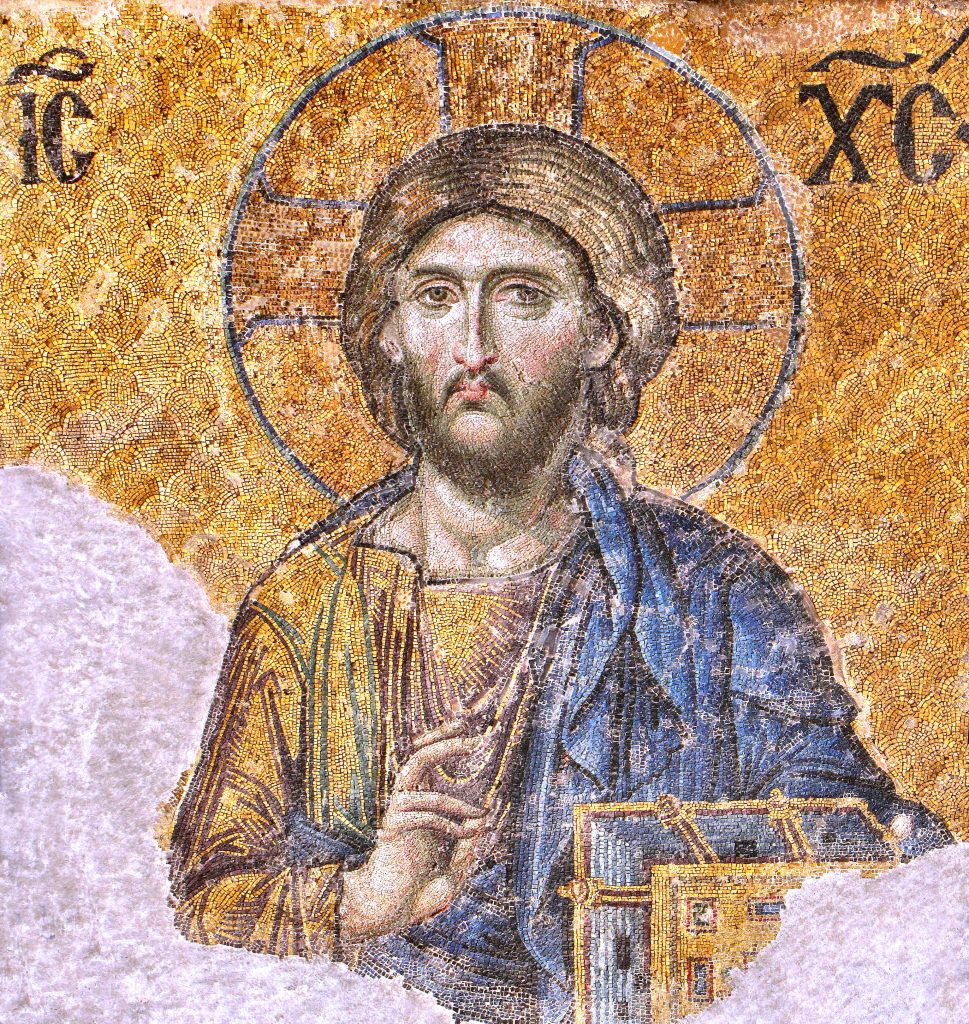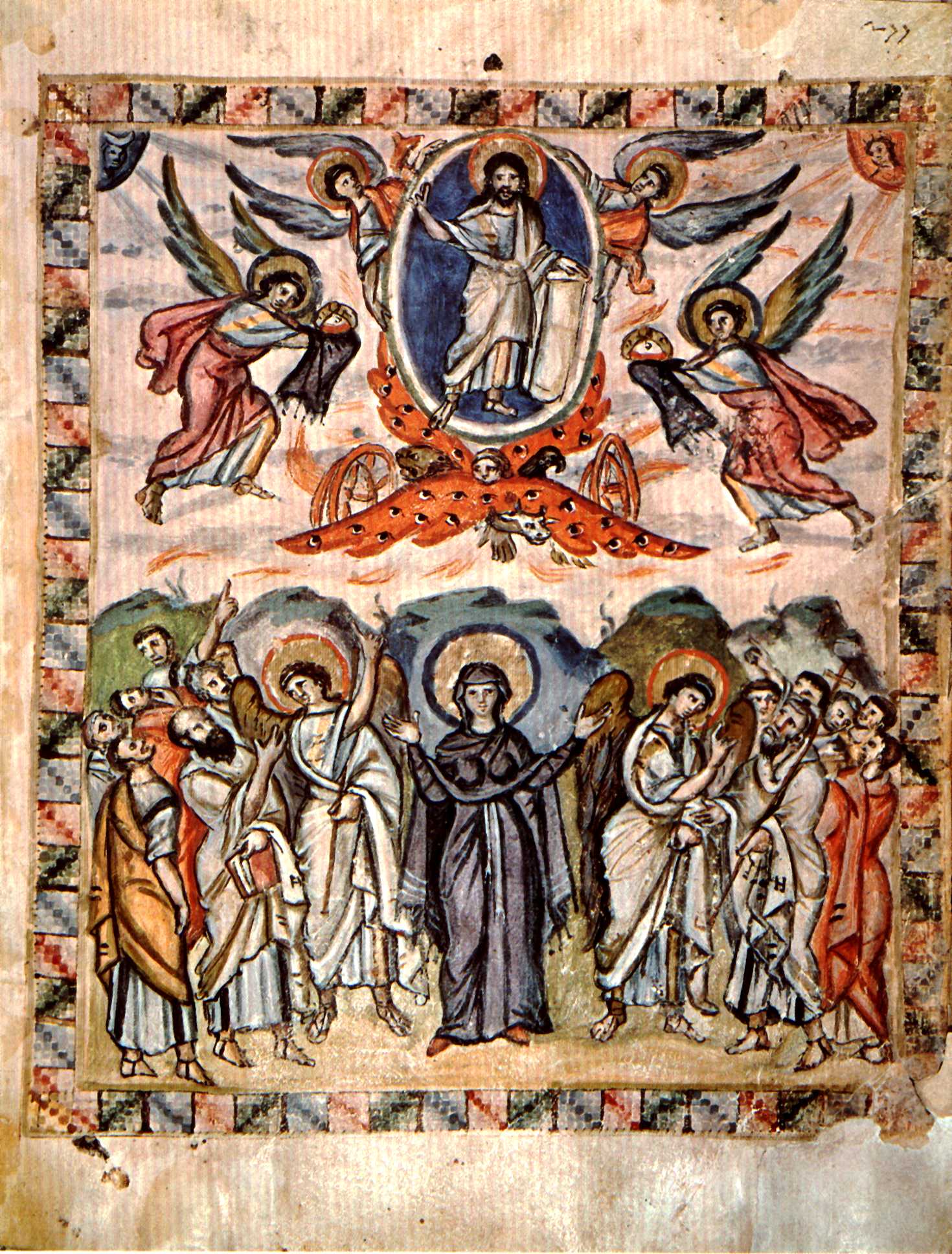In the rich tapestry of Byzantine art, angels emerge as ethereal beings that transcend earthly realms, embodying divine beauty and celestial grace. These heavenly messengers, depicted in various forms and contexts, play a central role in Byzantine iconography, serving as conduits between the earthly and the divine.
Divine Presence in Art:
In Byzantine art, angels are not merely subjects of aesthetic representation but are imbued with profound spiritual significance. They are depicted with luminous wings, flowing robes, and serene countenances, symbolizing purity, transcendence, and the presence of the divine. Their ethereal forms often adorn religious artifacts, mosaics, frescoes, and illuminated manuscripts, serving as reminders of the heavenly realm and guiding believers towards spiritual contemplation.
Guardians of Faith:
Angels in Byzantine art are not only celestial beings but also serve as guardians and protectors of the faithful. They are often depicted alongside saints, martyrs, and religious figures, offering divine assistance and interceding on behalf of believers. Whether portrayed as archangels wielding swords of righteousness or as gentle cherubs bearing messages of peace, angels embody the protective presence of God in the Byzantine artistic tradition.
Symbolism and Allegory:
In Byzantine art, angels are laden with symbolic significance, representing various theological concepts and allegorical interpretations. They are often depicted in hierarchical arrangements, with archangels occupying prominent positions as messengers of God’s will. The depiction of angels in heavenly processions or celestial gatherings conveys the divine order and the harmonious interplay between the earthly and the heavenly realms.
Divine Intervention:
Angels also feature prominently in Byzantine religious narratives, where they play pivotal roles in the unfolding of divine intervention and miraculous events. From the Annunciation to the Nativity, angels are central figures in biblical scenes, serving as bearers of divine messages and heralds of salvation. Their presence in sacred art not only enriches the visual narrative but also reinforces the theological significance of these pivotal moments in Christian tradition.

Eternal Beauty:
The depiction of angels in Byzantine art reflects a profound reverence for divine beauty and eternal truths. Through meticulous craftsmanship and spiritual devotion, Byzantine artists sought to capture the ineffable qualities of angelic beings, transcending earthly constraints and invoking a sense of awe and wonder in the viewer. The enduring legacy of angels in Byzantine art continues to inspire and captivate audiences, inviting them to contemplate the divine mysteries and experience the sublime beauty of the celestial realm.
In conclusion, angels in Byzantine art embody the timeless pursuit of divine beauty and spiritual transcendence. Through their ethereal forms and symbolic significance, they serve as conduits of divine grace, guardians of faith, and bearers of eternal truths. In the intricate tapestry of Byzantine art, angels stand as luminous symbols of celestial beauty, guiding believers towards spiritual contemplation and eternal salvation.




